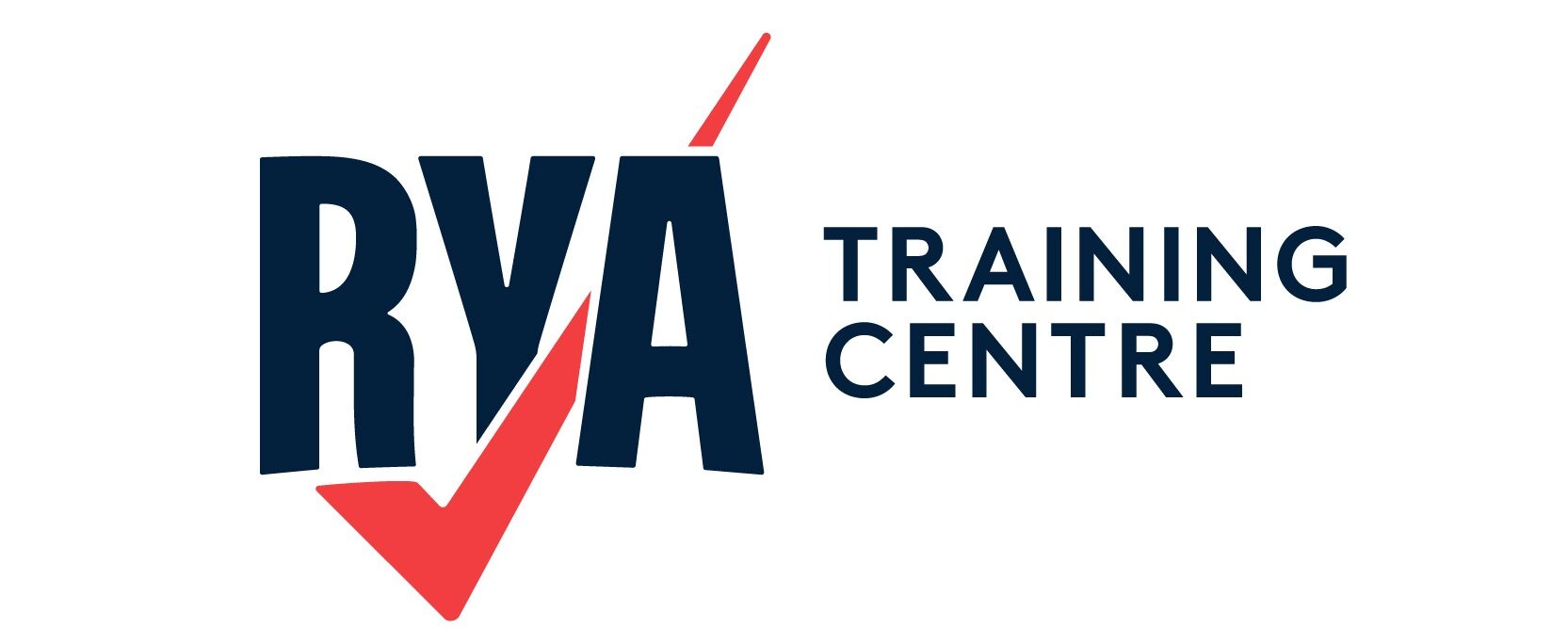 There are many things to consider when buying an outboard for a tender or dinghy. Factors such as hull weight, load, number of people, design/shape/material, boating conditions, and application will affect the hull’s performance. You need to weigh up these different factors and buy the right outboard for your hull and use.
There are many things to consider when buying an outboard for a tender or dinghy. Factors such as hull weight, load, number of people, design/shape/material, boating conditions, and application will affect the hull’s performance. You need to weigh up these different factors and buy the right outboard for your hull and use.
The hull’s manufacturer will set minimum and maximum horsepower limits which should be strictly observed for safety – ignoring them may result in injury or death. Always consult your hull’s manufacturer before buying an outboard.
Outboard Engine Horsepower Ratings
New outboards are now sold primarily in 4-stroke configurations only. This is due to 2006 EPA regulations which require all outboard manufacturers to produce cleaner, more efficient outboards. You may be able to buy 2-stroke engines second hand as were sold for many years prior to these laws going into effect. 4-stroke engines now dominate the future as some waterways and municipalities (in the US) ban the use of 2-stroke outboards that do not meet emission standards.
2 hp – 3.5 hp (Less than 18 kg /40 lbs)
Popular for use with small portable boats such as canoes, folding boats, inflatable boats, dinghies/tenders, 8-10ft jon boats and other small/light watercraft. Outboards in the 2-3.5 hp range are also ideal for small sailboats and small pontoon boats, as many are offered in longer shaft lengths.
These small engines are normally 1-cylinder, and will typically be limited to forward-only gears or forward-neutral gears (the engines can spin 360 degrees). 2-3.5 hp outboards are lightweight and compact in design, and can be easily transported. They often feature integral fuel tanks and carrying handles.
Characteristics:
- Forward propulsion of approx. 5-10 mph.
- More power than electric trolling motors.
- Lightweight, compact, and easily transported.
4 – 6 hp (18-27 kg / 40-60 lbs)
The 4-6 hp range is perfect for a variety of vessels including small inflatable boats (up to 11ft in length), portable folding boats, large canoes, 8-11ft dinghies/tenders, and jon boats up to 12ft. Outboards in this hp range are available in 15″ or 20” long shaft configurations.
Engines in this range are normally 1-cylinder, although you may see some 2-cylinders. When compared to 2-3.5 hp engines, these outboards feature heavy duty construction and better maneuverability features, such as forward-neutral-reverse gears. They can have either integral or separate fuel tanks.
Characteristics:
- Propulsion of approx. 10-18 mph with one person.
- Lightweight, compact and easily transported.
- Feature forward-neutral-reverse gears.
8 – 9.9 hp (27-45 kg/ 60-100 lbs)
These small but strong outboards are popular for use with 9-14ft inflatable boats, aluminium jon boats from 10-14ft in length, larger canoes, larger portable folding boats, and light fibreglass boats (up to 14ft).
Engines in this hp range are available in 15″, 20” and 25” shaft lengths making them ideal choices for sailboats ranging from 16-25 ft and emergency kicker motors.
New 4-stroke 2-cylinder outboards have advanced features such as audible and visual warning indicators for low oil pressure and overheating, electric start, and 12v charging capabilities. They can have separate fuel tanks ranging from 3.1 – 6 gallons.
Characteristics:
- Propulsion of approx. 15-22 mph with one to two persons.
- 2-cylinder design for improved performance and weight handling.
- Advanced features such as electric start and audible/visual warnings.
15 – 20 hp (36-55 kg / 80-120 lbs)
This powerful hp range is favoured for use with 10-14ft inflatable boats, 12-16ft aluminium fishing boats or jon boats, and 12-16ft fibreglass boats. 15” short shaft length or longer 20” shaft length available for vessels up to 16ft. 15-20 hp outboards work well for river trolling, emergency kicker applications, and 22-30 ft sailboats.
New 4-stroke 2-cylinder outboards have advanced features such as audible and visual warning indicators for low oil pressure and overheating, electric start, and 12v charging capabilities. They can have separate fuel tanks ranging from 3.1 – 6 gallons.
Characteristics:
- Propulsion of approx. 15-30 mph with one or more people and moderate to heavy load.
- Advanced features such as electric start and audible/visual warnings.
- 2-cylinder design for improved performance and weight handling.

